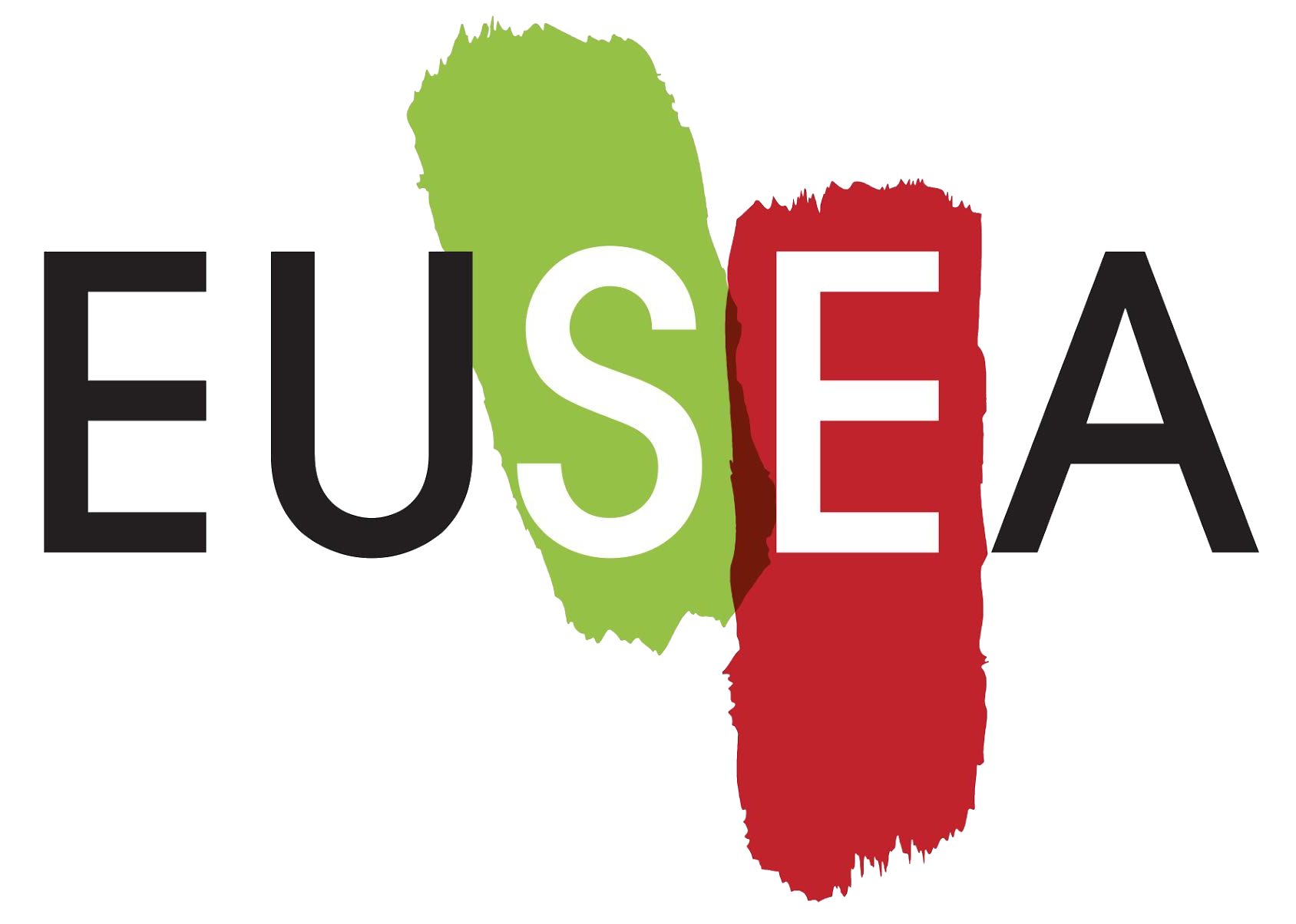Description
Quickly and cheaply turn ideas into a tangible product, so that they can be tested, reviewed and improved by yourself and other evaluators.
Target Audience
- Adult citizens
- Teenagers
You can do it with all those groups, but we did it with professionals from different fields like public engagement or the cultural and creative sector.
Benefits
Benefits
When it comes to a prototyping event, the focus should be on creating a shared understanding of the problem at hand. Workshopping ideas and creating an actual prototype that can be improved, or scrapped, helps to create a shared sense within a group that progress is being made, and there is a possible solution to the problem at hand. When there are a lot of ideas and options circulating, working together to create or review a prototype, can help the collective group come up with new ideas that can be prototyped and tested further.
Preparations
According to IDEO, prototyping has three main elements:
- Build to think: creating a solution so that it can be communicated to others and through the process of evaluating, making that idea better.
- Rough, rapid, right: Prototypes do not need to be perfect, it is about learning fast by creating a quick and cheap way of experimenting.
- Answering questions: It is essential to identify which question you want to answer with a prototyping tool.
Resources
Prototype a mobile Climate Museum UK.
The Field Guide to Human-Centered Design
A step-by-step guide that will get you solving problems like a designer.
Notes
Needs time, but it is very rewarding.
Depending on the type of prototypes you want to create and the materials and tools available to you there may be some additional health and safety concerns, or the need for a trained professional to be present to demonstrate how tools can be used safely.



